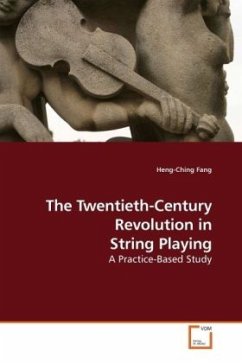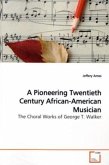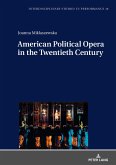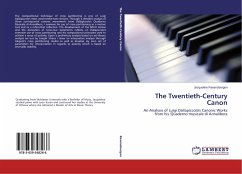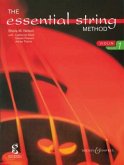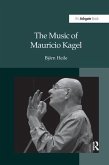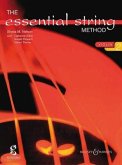The first half of the twentieth-century underwent radical changes in string playing. It can be seen by the rise of new, technical demands in sound aesthetics entailing the gradual disappearance of differences between regions and schools. This book investigates performance practice issues in late nineteenth- and early twentieth-century viola repertoires. It focuses on the use of vibrato and portamento, as well as tempo modification and rhythm adjustment. This practice-based research involves a methodology which explores the close relationship between theory and practice. The content emphasises the importance of first-hand experience, highlighting the link between psychology and qualitative methods. It demonstrates the way in which globalisation has affected music production in the recording industry. This study also examines primary sources, related early recordings, and secondary literature, referring to the author s interpretation of German-Romantic repertoires and works by Lionel Tertis. This book helps provide historical perspective to string performing practice, and would be useful to professionals studying the German and Franco- Belgian Schools.
Bitte wählen Sie Ihr Anliegen aus.
Rechnungen
Retourenschein anfordern
Bestellstatus
Storno

